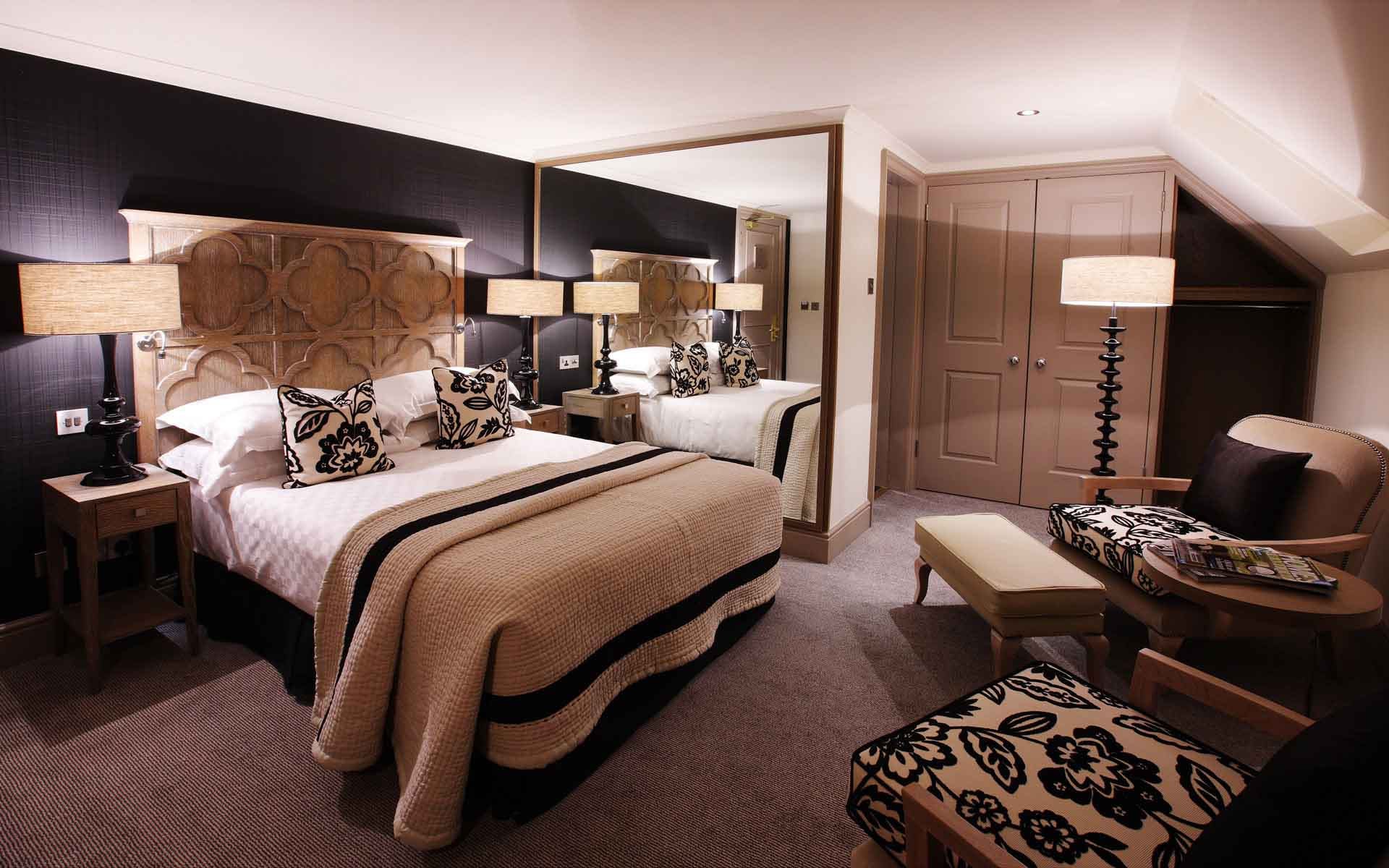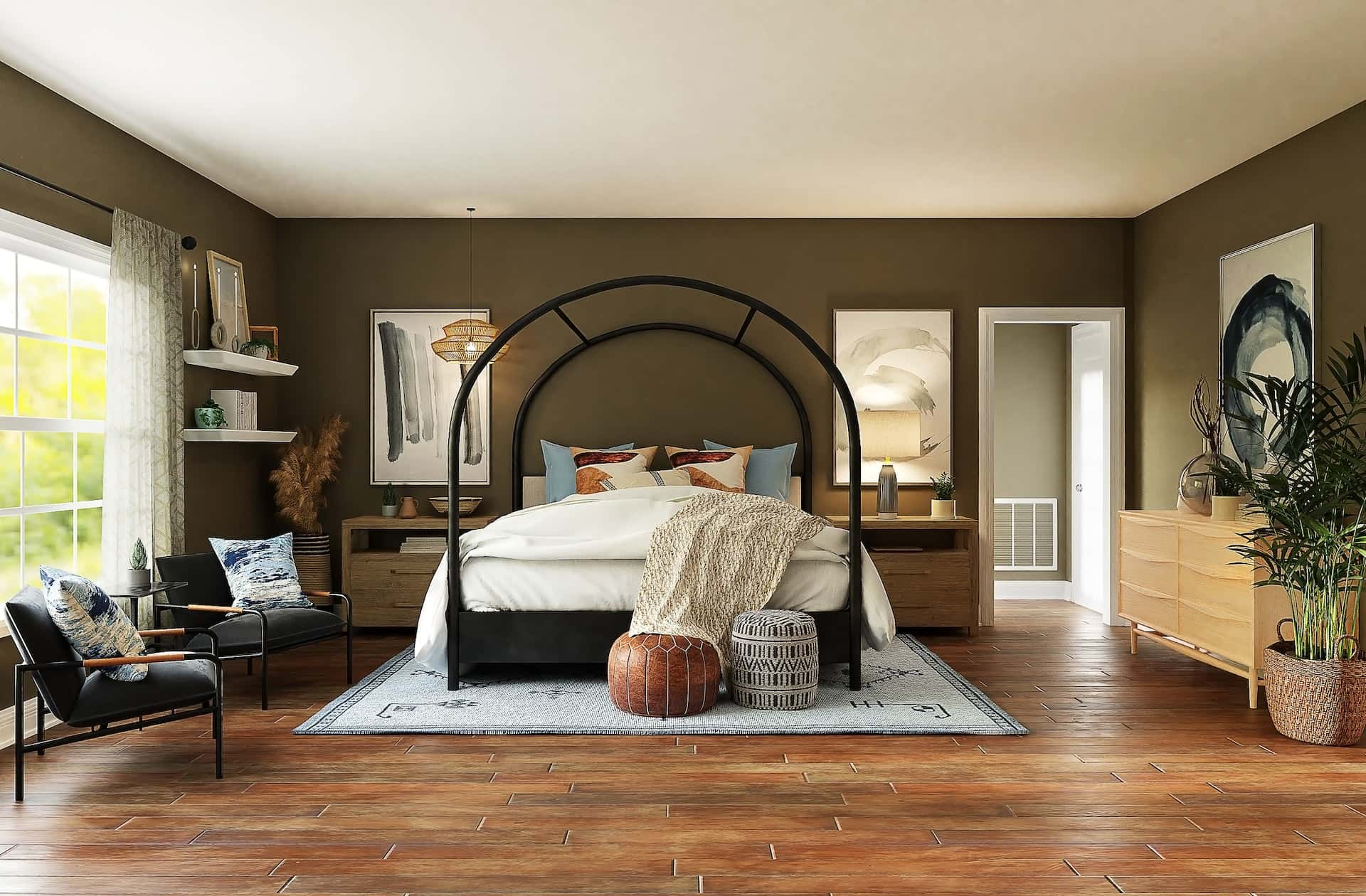Balancing Individual Needs

A successful bedroom design caters to the unique preferences and needs of both partners, fostering a sense of harmony and individual fulfillment within the shared space. Creating a haven that embraces both shared experiences and personal time is essential for a thriving relationship.
Designated Areas for Individual Activities
Designating specific areas for individual activities can enhance both privacy and personal satisfaction within the shared bedroom.
- A cozy reading nook with comfortable seating, ample lighting, and a dedicated bookshelf can provide a tranquil escape for an avid reader.
- A designated workspace with a desk, ergonomic chair, and adequate storage can support a partner’s professional needs while maintaining a sense of separation from the shared sleeping area.
- A meditation corner with a comfortable cushion, calming decor, and soft lighting can provide a dedicated space for relaxation and mindfulness.
Incorporating Elements for Relaxation and Rejuvenation
Creating a relaxing and rejuvenating atmosphere is crucial for a bedroom that fosters well-being for both partners.
- Soft, natural lighting, such as warm-toned lamps and dimmable overhead fixtures, can create a calming ambiance conducive to relaxation.
- Aromatherapy diffusers with calming scents like lavender or chamomile can promote relaxation and a sense of peace.
- A comfortable mattress and high-quality bedding, such as Egyptian cotton sheets and down comforters, can provide a luxurious and restful sleep experience.
Creating a Space That Feels Both Personal and Shared
The bedroom should be a space that feels both personal and shared, reflecting the individual personalities of both partners while fostering a sense of unity.
- Incorporating personal touches, such as artwork, photographs, and mementos, can create a sense of individuality within the shared space.
- Using a shared color palette that complements both partners’ preferences can create a cohesive and harmonious aesthetic.
- Creating a shared focal point, such as a statement headboard or a beautiful rug, can anchor the space and foster a sense of togetherness.
Practical Considerations: Married Couple Bedroom Design

A well-designed bedroom not only enhances aesthetics but also prioritizes functionality, maximizing space and storage for a harmonious living experience. The key is to create a space that caters to both individual needs and the couple’s shared lifestyle, ensuring a comfortable and organized environment.
Maximizing Space and Storage
Effective space utilization is paramount in a bedroom. To optimize storage and create a clutter-free environment, consider implementing the following strategies:
- Vertical Storage: Utilize vertical space with tall bookshelves, wardrobes, or even a combination of both. This approach maximizes floor space and provides ample storage for clothing, books, and other belongings.
- Under-Bed Storage: Invest in bed frames with built-in storage drawers or utilize under-bed storage bins. This hidden storage solution keeps belongings organized and easily accessible.
- Wall-Mounted Shelving: Incorporate wall-mounted shelves for displaying books, decorative items, or even storing smaller items like toiletries and accessories.
- Multifunctional Furniture: Choose furniture that serves multiple purposes. For instance, a storage ottoman can double as seating and a hidden storage compartment.
Designating Specific Areas, Married couple bedroom design
A well-defined layout promotes organization and reduces clutter. Consider creating dedicated zones for different categories of belongings:
- Clothing Storage: Designate a specific area for clothing, whether it’s a walk-in closet, a dedicated wardrobe, or a combination of both. Utilize drawer organizers, clothing racks, and shoe shelves for efficient storage.
- Accessories and Jewelry: Create a designated area for accessories, jewelry, and personal items. This could be a small dresser drawer, a jewelry box, or a dedicated vanity with compartments.
- Personal Items: Allocate space for personal items, such as books, electronics, and other belongings. Consider using bookshelves, nightstands with drawers, or wall-mounted shelves for organization.
Incorporating Functional Elements
Integrating functional elements enhances the bedroom’s practicality and aesthetics.
- Bedside Tables: Essential for holding books, lamps, and other bedside necessities, bedside tables should be chosen based on size and functionality.
- Nightstands: Nightstands offer a convenient place to store personal items, electronics, or reading materials. Consider those with drawers, shelves, or a combination of both.
- Dressing Areas: If space permits, create a dedicated dressing area with a mirror, seating, and storage. This provides a functional space for getting ready and organizing belongings.
